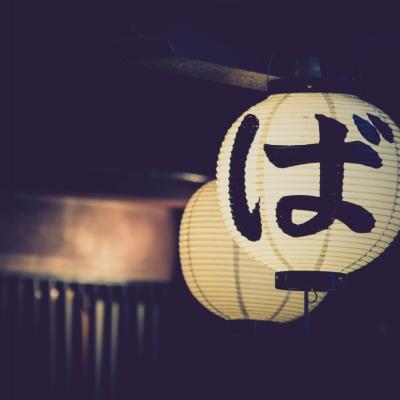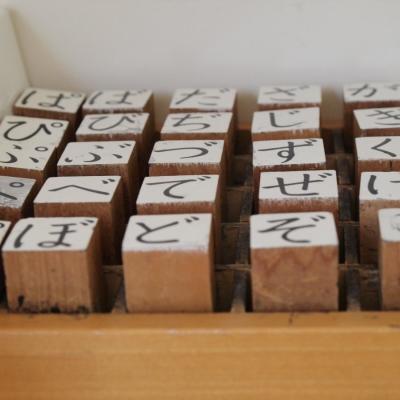Origin
Japanese has 2 syllabaries, hiragana and katakana with their origin dating back to the 8th and 9th centrury A.D.. The systematic arrangement of these alphabets is similar, but the use and the graphic representation of the syllables are different. The source and the time of origin are different, too. Hiragana was created by simplifying whole Chinese characters, whereas katakana comes from simplifying parts of characters.
The basic function of these alphabets is to adapt texts written in Chinese characters to the Japanese grammar and word order. Kanji alone proved not to be enough for written Japanese, so the origin of the Japanese syllabaries is the product of a long historical process that resulted in a unique graphic system. It was not officially codified until 1946.



